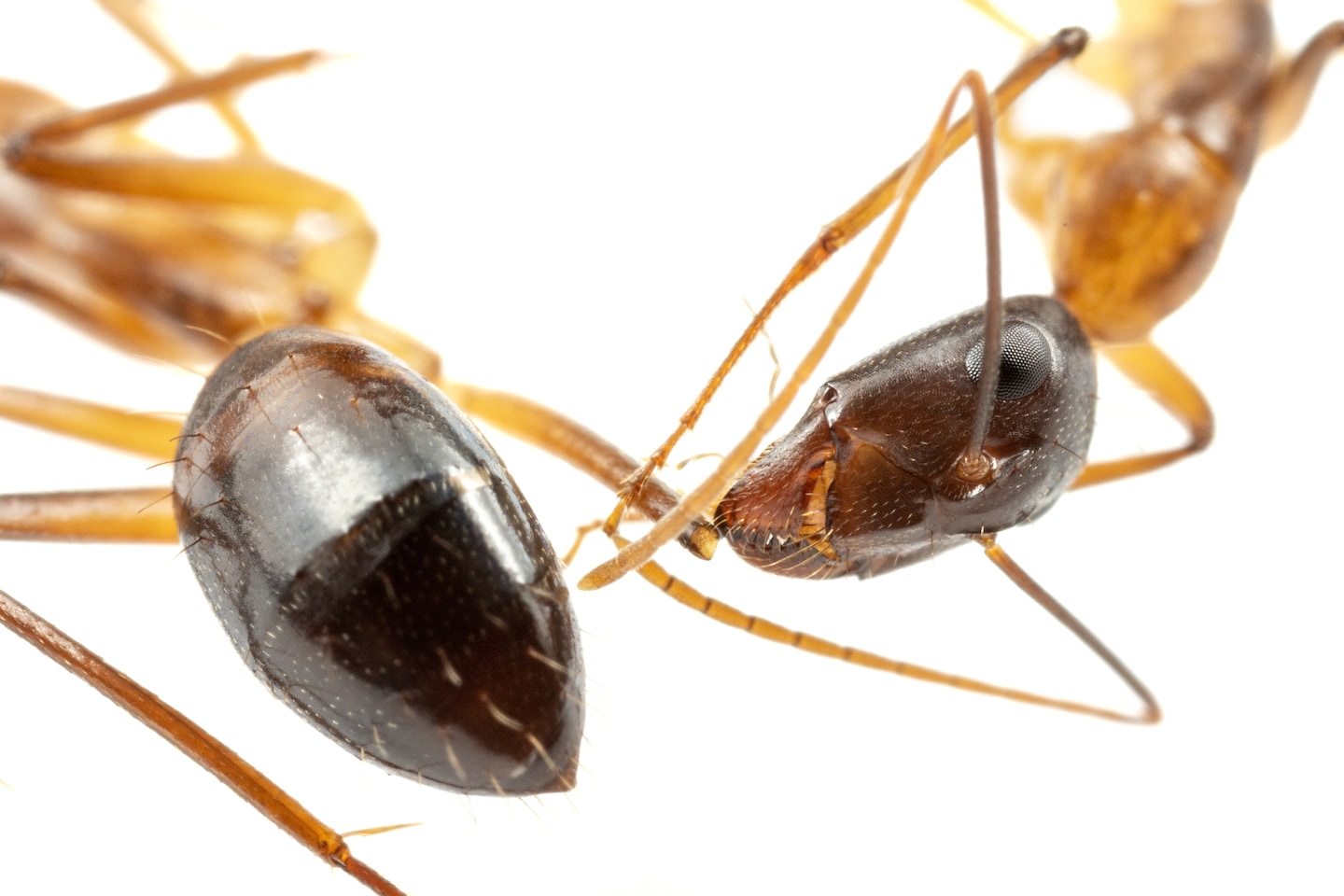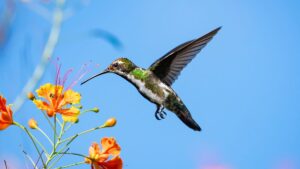“The level of sophistication they have evolved to care for their wounded is unmatched in the animal kingdom. Our human medical system would be the closest,” Eric Frank, a behavioral ecologist at the University of Würzburg who led the study, said in an interview Wednesday. “These amputations stop the spread of infection in the body … in the same way that medieval amputations worked in humans,” he said, adding that the findings mark the first recorded example of a non-human animal performing an amputation on a member of its own species. to save his life.
The study, published Tuesday in the journal Current Biology, suggests that Florida carpenter ants (Camponotus floridanus) are capable of distinguishing between types of wounds and adapting their healing responses accordingly. This adds to our growing understanding of the complex strategies ants employ to care for each other when injured, including sorting the injured and treating the infected with microbial substances.
The scientists observed amputations in the laboratory by the Florida carpenter ant, a reddish, black or brown ant that is usually less than 1/2 inch long. Unlike some other ants, Florida carpenter ants do not have the ability to produce antimicrobial secretions from their glands to fight pathogens in wounds. “We wanted to see how a species that had lost this gland would care for its wounded,” Frank said.
The scientists set out to deliberately injure about 100 ants on the leg: either the femur (closer to the body) or the tibia (further down the leg) to compare how other ants in their colony reacted. They found that the ants efficiently performed amputations when their neighbors suffered injuries to the femur, but never performed amputations when an equivalent injury was sustained to the tibia.
In the first, a nest helper amputates the entire leg of the injured insect in over three-quarters of the cases.
The ant amputation procedure took about 40 minutes and followed the same pattern each time: “They start licking the wound with their mouthparts and then move up the leg with their mouths until they reach the shoulder. That’s where they’ll start biting pretty ferociously for many minutes at a time,” Frank said. “The wounded ant will sit quietly, allowing the procedure to take place, and will not complain until the leg is cut off.”
Among the ants with a femur injury, 95 percent of those who received an amputation survived, while only 45 percent of those who did not receive an amputation survived, Frank said.
“Ants – in their world, in their context – have found a strategy that is very effective and has a very, very high level of success,” Frank concluded.
Laurent Keller, an evolutionary biologist who also worked on the study, said the amputations were performed very efficiently. “This means that when they do the amputation, they have to do it in a very clean way to prevent bacteria from getting into the wound,” he said.
In contrast to the treatment received by ants that sustained a femur injury, ants that sustained a tibial injury (further down the leg) were never observed to receive amputation from other nests. “In this case, they’re just cleaning the wound,” said Keller, who said the housemates instead provided an extended wound care session that included lots of licking.
The wound cleaning method also proved effective. While about 70-75 percent of those that received wound cleaning from other ants survived, only 15 percent of ants with shin injuries survived when they were isolated from their fellow ants and left unattended, Frank said.
One possible explanation offered by scientists for the decision when to perform an amputation it has to do with how hemolymph—a fluid equivalent to blood—flows in invertebrates.
The theory has yet to be tested, but scans show that the tibial area of the leg has greater hemolymph flow than the femoral area, meaning that pathogens that enter through the shin will spread more quickly to the rest of the leg. the body. This in turn greatly reduces the options for amputation to prevent the spread of infection. “If the wound is at the level of the tibia, then they don’t amputate. This is because normally the blood – or hemolymph for insects – circulates quite quickly. So within 40 minutes, the blood will already carry the bacteria into the ant’s body,” Keller explained.
The painstaking effort taken by ants to tend to the wounds of others illustrates how social insects reap benefits from altruistic behavior, Keller said. “By helping each other, they indirectly help each other,” he said.
“From an evolutionary point of view, the colony saves a huge amount of energy by ensuring that their injured are well maintained, rather than just throwing them out and replacing them with a new worker,” he said. Previous studies have shown that ants that have lost one or even two legs can still be productive members of their colony, returning to their normal speed of movement as soon as a day – and often deployed to perform the most dangerous tasks. He added: “Even in ant societies the individual has value.”



